Graceful Predator of the Skies: Discover the Majestic Gyrfalcon
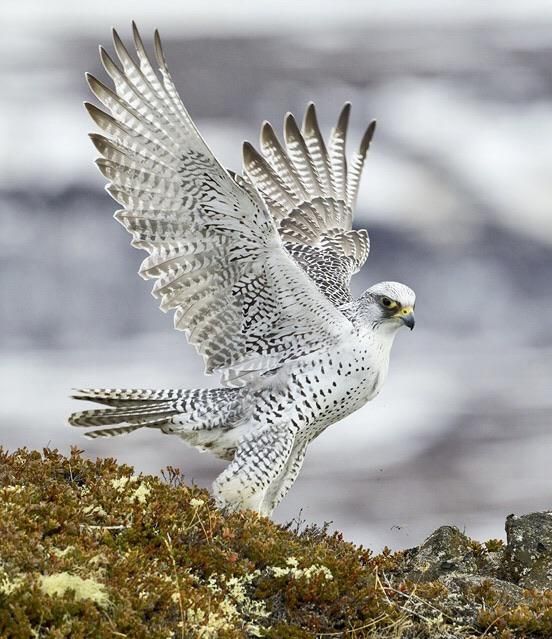
The Gyrfalcon, also known as Falco rusticolus, is a majestic and powerful bird of prey that reigns over the skies with its awe-inspiring grace and hunting prowess. As one of the largest falcon species in the world, the Gyrfalcon captivates bird enthusiasts and nature lovers alike with its striking appearance and impressive abilities.

The Gyrfalcon is native to the Arctic regions of North America, Europe, and Asia, where it has adapted to survive in harsh and frigid environments. Its large size and robust build make it well-suited to thrive in these challenging conditions. With a wingspan that can reach up to 130 centimeters (51 inches) and a weight of up to 1.5 kilograms (3.3 pounds), the Gyrfalcon is a formidable predator.
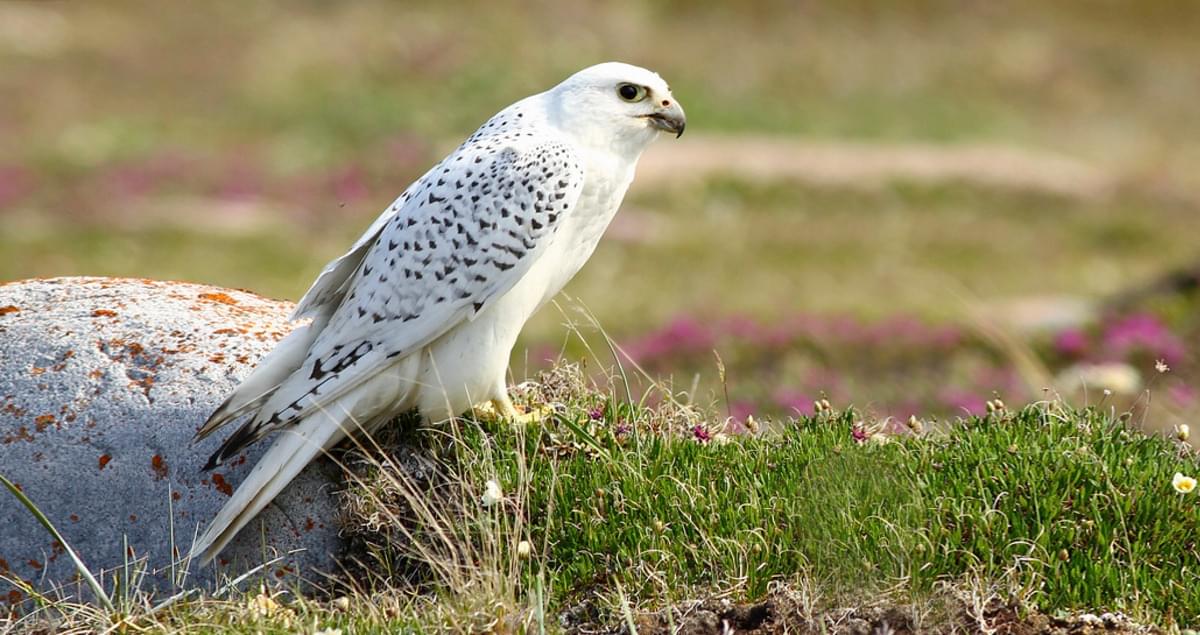
What sets the Gyrfalcon apart is its stunning plumage, which varies greatly depending on its geographic location and age. The adult Gyrfalcons can exhibit a range of colors, including white, gray, brown, and black, with various patterns and markings. This diversity in plumage adds to the bird’s allure and makes each individual Gyrfalcon unique.
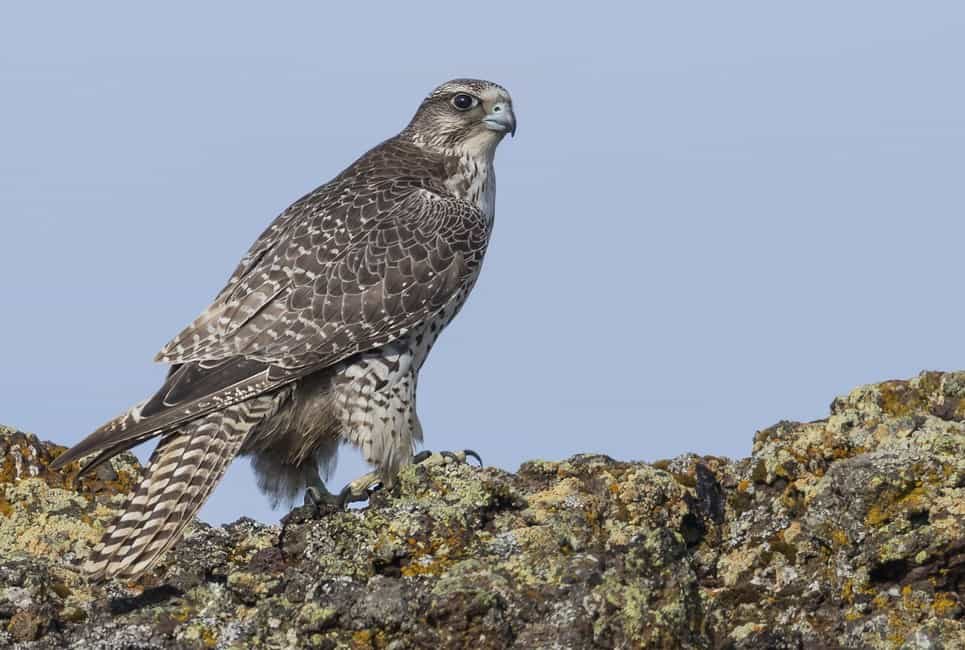
In terms of hunting skills, the Gyrfalcon is unrivaled. It is known for its exceptional speed and agility in flight, enabling it to pursue and capture its prey with remarkable precision. The primary diet of a Gyrfalcon consists of small to medium-sized birds such as ptarmigans, grouse, and waterfowl. With its keen eyesight and powerful talons, the Gyrfalcon can swiftly snatch its prey out of the air or launch aerial attacks from great heights.
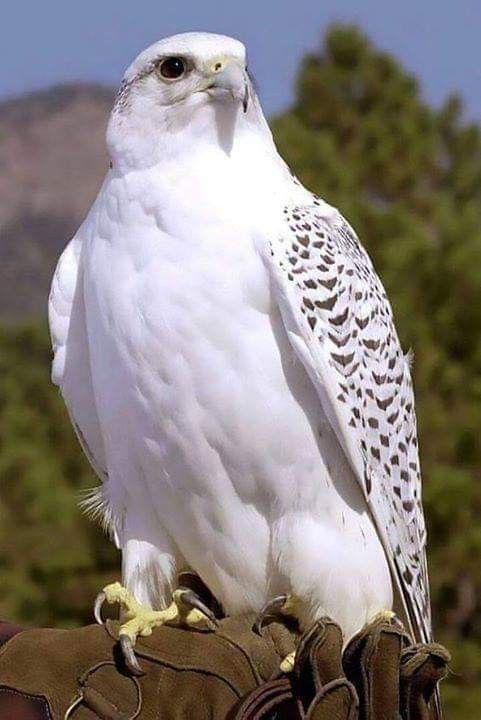
The Gyrfalcon’s breeding behavior is equally fascinating. During the breeding season, which typically occurs in the spring, the Gyrfalcons form monogamous pairs that remain together for life. They construct their nests on rocky ledges or in tree hollows, creating a safe haven for their eggs and offspring. The female Gyrfalcon typically lays a clutch of three to five eggs, which both parents take turns incubating for about a month.
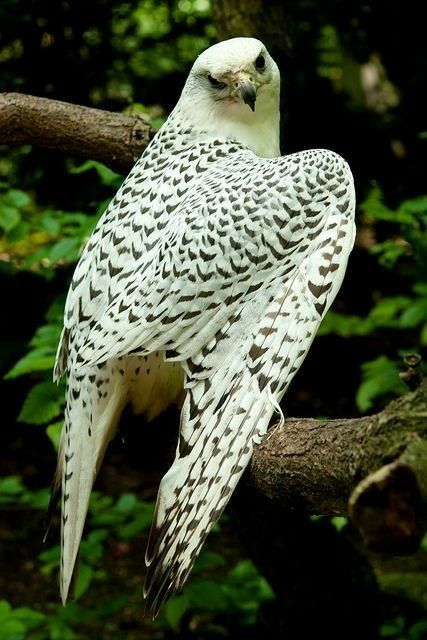
While the Gyrfalcon population is relatively stable, they face threats such as habitat loss, pollution, and disturbances in their breeding grounds. Conservation efforts are crucial to ensure the long-term survival of these magnificent birds. Fortunately, several organizations and initiatives are dedicated to protecting the Gyrfalcon and its habitat, raising awareness about their conservation needs, and promoting responsible bird-watching practices.
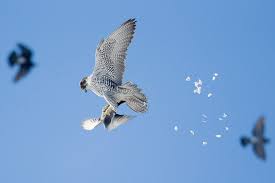
Encountering a Gyrfalcon in the wild is a truly awe-inspiring experience. Its commanding presence and remarkable aerial abilities leave spectators in awe of nature’s wonders. The Gyrfalcon’s status as a graceful predator of the skies underscores its significance in the avian world and reinforces the need to appreciate and protect these majestic birds for generations to come.



